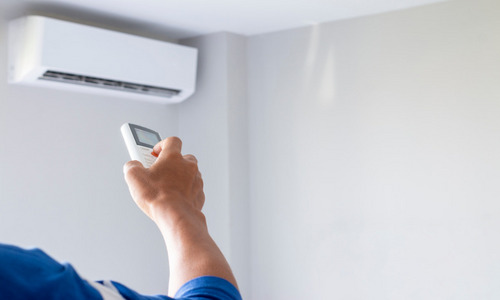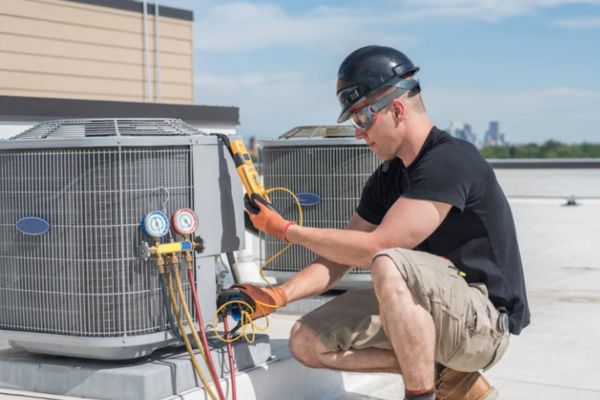ROI, or Return on Investment, refers to the financial benefits you get from an initial expenditure. For air conditioning, it’s about how much you can save over time through energy efficiency, durability, and maintenance. A high-ROI system minimizes your ongoing expenses while providing you with comfort.
Air conditioning ROI is influenced by several factors, including the cost of the unit, the energy savings over time, and the length of the system’s lifespan. Achieving a positive ROI means choosing a system that balances these factors well. Let’s explore how you can have a good ROI.
Key Factors Impacting Your ROI
Several key elements can determine the long-term value of your air conditioning investment. Here’s what you need to consider:
- Initial Costs: The purchase and installation of an air conditioning unit represent your biggest upfront investment. While it’s tempting to opt for the least expensive option, this might not always yield the best ROI in the long run.
- Efficiency Ratings: Air conditioners are rated by their Seasonal Energy Efficiency Ratio (SEER). Higher SEER ratings generally mean lower energy consumption, resulting in greater savings over time.
- System Durability: The lifespan of an AC unit directly affects its value. A longer-lasting system means fewer replacement costs, positively impacting your ROI.
- Upkeep and Repairs: Regular maintenance is crucial to keeping your system running efficiently. Neglecting repairs or routine service can lead to costly breakdowns that reduce your return.
How Energy Efficiency Affects ROI
Energy efficiency plays a central role in your air conditioning system’s ROI. SEER ratings provide a precise measure of how efficiently a unit operates. The higher the rating, the more energy you’ll save, which translates to lower utility bills.
For example, a system with a high SEER rating might cost more initially, but the savings over the lifespan of the unit can far outweigh the upfront expense. Opting for an energy-efficient model can lead to substantial savings, especially in regions where air conditioning is used frequently.
Steps to Calculate AC ROI
Calculating the ROI on your air conditioning system is relatively simple, but it requires a few key pieces of information. Start by estimating the total cost of the unit, including installation. Next, calculate the yearly energy savings based on the efficiency rating (SEER) compared to your previous system or a less efficient model.
Divide the total savings by the initial cost to get your ROI percentage. Keep in mind that factoring in maintenance costs and system lifespan will provide a more accurate picture of your return.

Ways to Maximize Your AC ROI
There are several ways to ensure that your air conditioning investment pays off in the long run:
- Choosing the Right Size: An AC unit that’s too large or too small for your space will work inefficiently, increasing energy costs and shortening the lifespan of the system.
- Professional Installation: A well-installed unit operates at peak efficiency, helping you avoid energy loss and potential repairs.
- Regular Maintenance: Scheduling routine checkups and addressing issues promptly will help prolong the life of your unit and keep your energy bills down.
By following these steps, you can maximize your system’s performance and enjoy the highest possible return on your investment. Investing in an air conditioning system is about more than just staying cool—it’s about making a sound financial decision that will save you money in the long term.
Calculating your air conditioning ROI can help you choose a system that balances upfront costs with long-term savings. By considering factors like energy efficiency, system lifespan, and maintenance, you can ensure your investment delivers a comfortable home and a healthy return for years.



